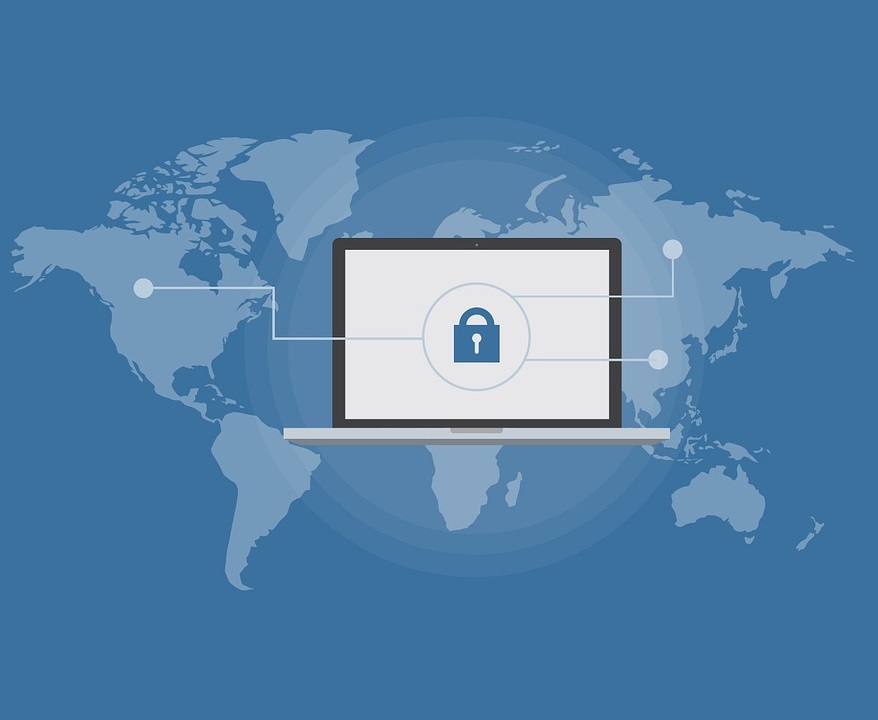Advanced Cyber Threats |
Posted: December 27, 2022 |
Staying Ahead of the Curve: Understanding Advanced Cyber Threats and How To Protect Your Business
As cyber threats become more advanced, businesses must stay ahead of the curve and understand how to protect themselves. Cybersecurity is a constantly evolving landscape, and it’s important to keep on top of the latest trends and strategies. Advanced cyber threats are becoming increasingly sophisticated, making it difficult for businesses to keep their networks and data safe. This can lead to serious financial losses and reputational damage. To protect your business from these threats, it is important to stay ahead of the curve and have proper measures in place to detect, respond to, and mitigate cyber threats. This article will discuss the most advanced cyber threats and the strategies businesses can use to protect themselves.
What Are Advanced Cyber Threats? A cyber threat can be loosely defined as any action or event that disrupts the integrity of a computer system and/or maliciously accesses a computer network. In general, threats fall into one of three categories: denial of service attack, unauthorized access, and malware. Advanced cyber threats are more sophisticated than regular cyber threats and are often harder to detect and mitigate. Advanced threats may have malicious software that is difficult to detect and may have a higher intent to cause harm. Advanced threats can be used to steal personal or financial data, disrupt critical infrastructure, or disrupt cyber-space operations. Advanced cyber threats can bypass security systems, steal information, or cause damage. Advanced cyber threats often come from state-sponsored actors who are highly sophisticated and well-resourced. These actors are usually highly skilled, use advanced techniques, and have access to the latest technology and tools. Advanced cyber threats can be used for various purposes, such as cyber espionage, theft of intellectual property, disruption of critical services, and cyber warfare.
The Importance Of Staying Ahead Of The Curve The threats that face businesses today are constantly evolving, making it critical for companies to stay ahead of the curve. If businesses stay ahead of the curve, they may take advantage of an opportunity to prevent a cyber attack and put their networks, data, and customers at risk. This can lead to financial loss, reputational damage, loss of customers, and loss of critical data. Unfortunately, the rate of change in the cybersecurity landscape makes it difficult for businesses to keep up. This is because cybersecurity is a team sport involving many different members, such as network and security operations centers, cybersecurity experts, risk managers, and executives. It also relies on technologies, processes, and people working together collaboratively to achieve the desired outcome of protecting networks. To stay ahead of the curve, businesses should have a cybersecurity strategy in place that includes the following: Advanced Threat Detection One of the best ways to protect a business from advanced cyber threats is first to detect them. If a company is aware of a threat, it can take action to mitigate the risk and protect its data. Multiple detection techniques are the most effective ways to detect an advanced cyber threat. This means having a layered defense strategy and using multiple cybersecurity tools to detect threats. You can also use machine learning and artificial intelligence to detect threats and reduce false positives, which can lead to costly remediation efforts and loss of productivity. Some of the most effective detection techniques include monitoring network traffic, performing vulnerability scans, and analyzing log files. Network traffic monitoring can help you detect malicious traffic, such as unauthorized access attempts or the use of malicious tools. Vulnerability scanning can be used to scan the network, computers, and connected devices to find weaknesses that malicious actors can exploit. Log files can be used to detect malicious activity, such as unauthorized access to systems or modification of critical files.
Advanced Threat Response In addition to detecting threats, businesses should also have a response plan in place. A response plan will help companies respond quickly and effectively in the event of a cyber attack. This will help prevent the attack from causing serious damage and reduce the risk of spreading to other systems or networks. There are three general steps to responding to an advanced cyber threat: contain, investigate, and eradicate. Containment is the first step in responding to an advanced cyber threat. It involves taking steps to stop the spread of the threat and limit the damage it can cause. This can include disconnecting infected computers from the network, shutting down critical systems, or limiting access to networks and data. Investigation is the second step in responding to an advanced threat. It involves finding out as much information as possible about the threat to determine its type, where it came from, and the extent of the damage it has caused. It is essential to take the time to investigate the threat to determine the best way to respond. Eradication is the third and final step in responding to an advanced cyber threat. It involves removing the threat to protect the network and data from further damage. It can be challenging to eradicate an advanced cyber threat, so it is important first to determine the extent of the damage the threat has caused and then take steps to reduce the risk of it happening again.
Advanced Threat Mitigation In addition to detection and response, businesses should also have a strategy in place to mitigate advanced cyber threats. A mitigation strategy will help reduce the risk of advanced cyber threats impacting a business. It can be helpful to think of an advanced cyber threat as a spark. A spark can cause a fire to break out and cause significant damage. A spark can be put out before it causes significant damage, but it can also start a fire if it is not contained. Similarly, cyber threats can be contained and not cause significant damage, or they can cause considerable damage and cause serious harm to a business. Therefore, it is important to put measures in place to reduce the threat of an advanced cyber threat causing significant damage. Some of the most effective ways to mitigate an advanced cyber threat include:
Strategies To Protect Your Business From Advanced Cyber Threats To protect your business from advanced cyber threats, it’s important to use all the tools at your disposal and implement critical strategies. These strategies will help you detect, respond to, and mitigate advanced cyber threats.
Cybersecurity Best Practices One of the best ways to protect your business from advanced cyber threats is by implementing strong cybersecurity best practices. Cybersecurity best practices are general guidelines that can help you protect computer systems and networks. They involve using the right tools, implementing strong passwords, and separating networks to prevent data breaches. Implementing strong cybersecurity best practices can help you detect, respond to, and mitigate cyber threats. It’s important to regularly inspect networks and systems, maintain backups, and train employees on cybersecurity best practices.
Training and Education Another strategy you can use to protect your business from advanced cyber threats is training and education. Training your employees on cybersecurity best practices and warning them about the latest threats can help keep your networks safe and prevent data breaches. It is also a good idea to train employees on how to use the latest technologies and systems to protect data and networks. Education is also important, as it can help employees understand how to implement cybersecurity best practices. Cybersecurity Tools One way to protect your business from advanced cyber threats is by using cybersecurity tools. These tools can help you detect, respond to, and mitigate cyber threats. There are many different types of tools, including network security tools, endpoint security tools, and data security tools. These tools can be used to control and monitor network traffic, scan for vulnerabilities, and identify malicious software. Choosing the right tools for your organization is important, as some tools are better than others. It is also important to have a strategy in place for when to use these tools. For example, use security tools to monitor network traffic 24/7 to ensure nothing unexpected happens without impacting your network.
Cybersecurity Services Another strategy businesses can use to protect themselves from advanced cyber threats is to outsource their cybersecurity services. Companies that provide cybersecurity services can help you detect, respond to, and mitigate cyber threats. Some cybersecurity services you can look into include monitoring, threat intelligence, incident response, and managed security services. Cybersecurity services can help you save time, money, and resources that could be put toward other important aspects of your business.
Conclusion Cyber threats are constantly evolving and becoming more sophisticated, making it difficult for businesses to keep their networks and data safe. These advanced threats can be used for various purposes, such as cyber espionage, theft of intellectual property, disruption of critical services, and cyber warfare. To protect your business from these threats, it is crucial to stay ahead of the curve and have proper measures in place to detect, respond to, and mitigate cyber threats.
|
|||||||||||||||||||||||||||||||||||||||||||
|
|||||||||||||||||||||||||||||||||||||||||||










